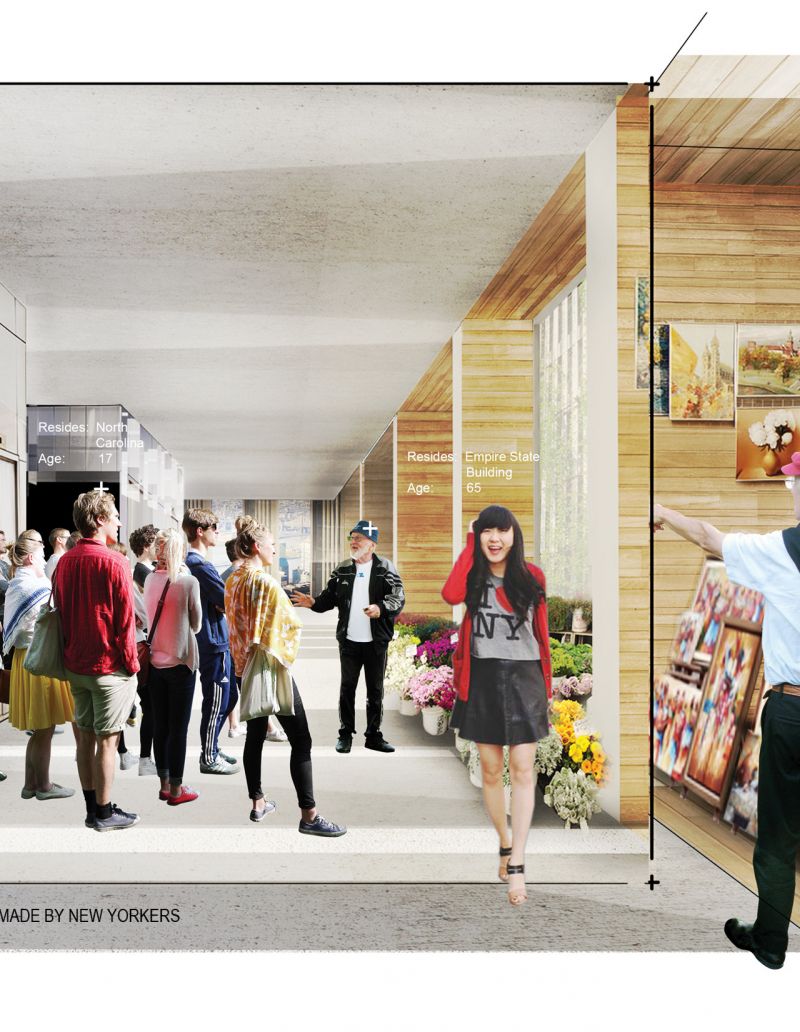
2015 Competition
Rejuvination
Can the aging of a city and of its people—be addressed by a single architectural solution?
2015 Competition Overview
Growing old is a problem for cities, a problem for buildings, and a problem for people. Advances in medical treatments have allowed people to live longer, a change that has proved to be both a blessing and a curse. The retirement age has remained a constant 65 since the 1930’s, while average lifespan has risen from 63 to 80 during that same period. In the United States, 40 million people – 14% of the population – are 65 or older, with the number expected to double by 2050 to represent more than one-fifth of all Americans.
During these later years, seniors’ lives are radically disrupted. Spouses die at different times or deteriorate at different rates, effectively abandoning one another. Seniors are often relocated to assisted care or nursing homes, where they must adjust to completely new communities. Seniors must relinquish some of their freedoms and personal identity to conform to the institutional setting of group care. Race, sexual orientation, and income too often play a role in admissions decisions. Gays often go back in the closet out of fear of discrimination. Leisure activities become more difficult on the body and the default alternatives (Bingo, anyone?) mainly serve as mindless diversions, helping old folks to be ‘distracted until death.’ Moreover, seniors must have continued work opportunities to pay for the care they receive either directly or through societal productivity.
Cities have proven to be one of the most effective environments to combat the tragedies of aging: they offer community, low-impact exercise, local cultural options, social and political groups, and a concentration of goods and services. Yet cities, too, are growing older, their 'obsolete’ buildings abandoned by businesses and residents seeking spaces that accommodate contemporary technologies and modes of living and working.
Taken together, can these two problems—the aging of a city and of its people—be addressed by a single architectural solution? What is a new program for aging? How can new senior living models allow for reorganization of family? How can non-traditional or self-constructed family groups be accommodated? How would architecture facilitate a profitable post-retirement work life? How can retirees remain an integrated and vibrant part of society?
Jury
Charles Renfro, AIA
Jury Chair & Program Author
Partner, Diller Scofidio + Renfro
Matthias Hollwich, SBA
Co-Founder, HWKN
Todd Ebeltoft
Snøhetta
2nd Prize Winner, 2012 Lyceum Competition
Randy Morton, AIA
Principal, Director
HKS Urban Design Studio
Jennifer Sweet
Director, Lyceum Fellowship









